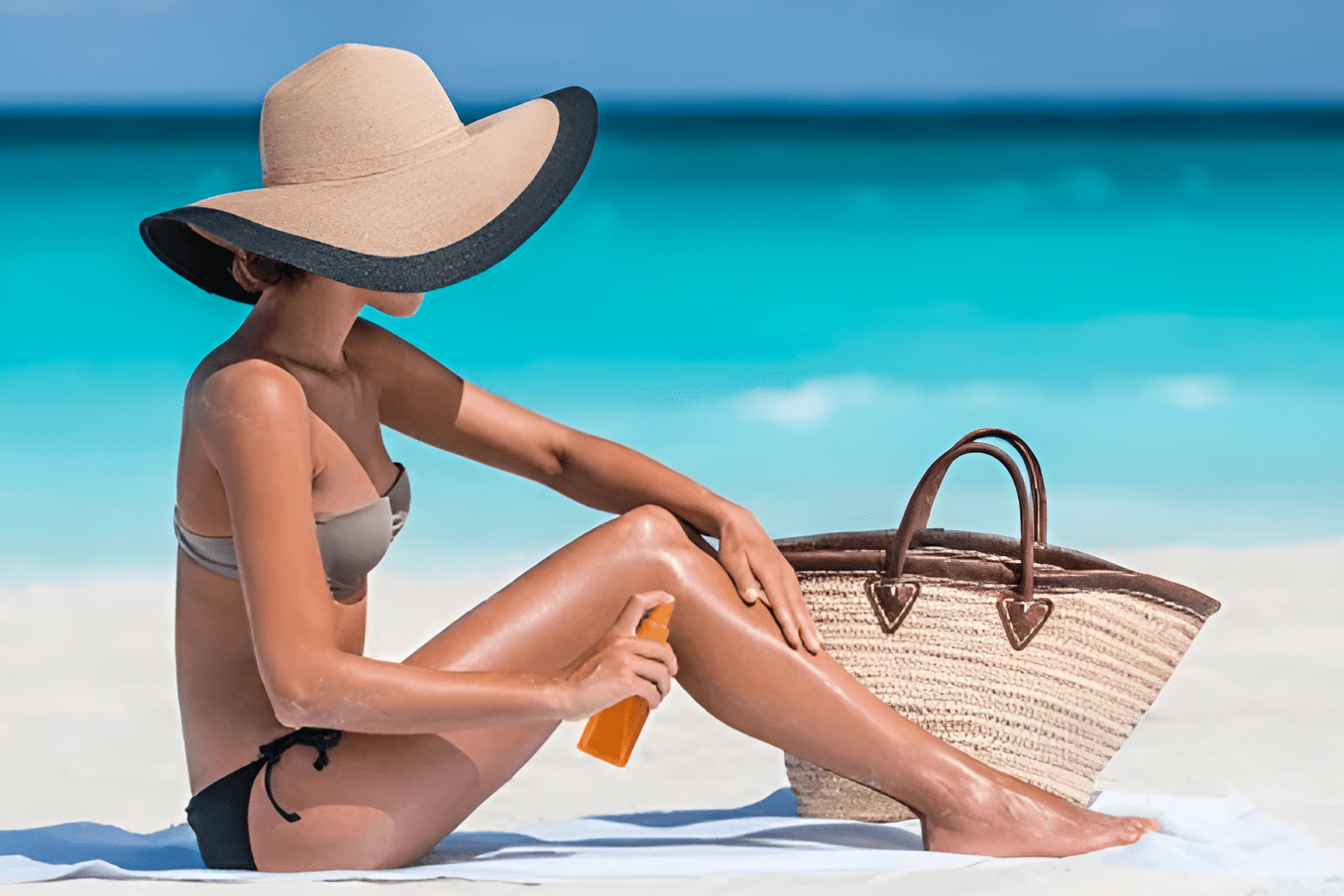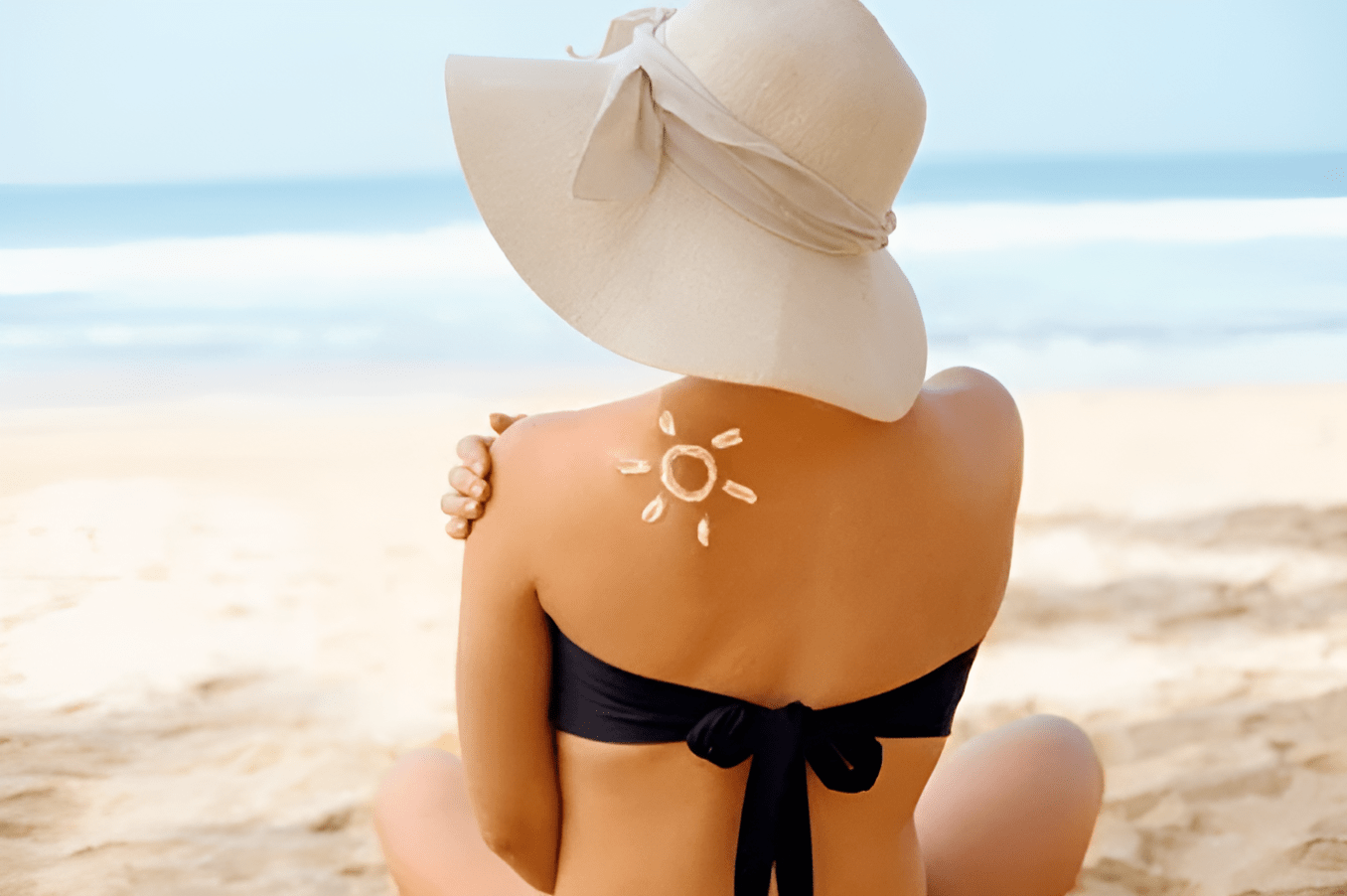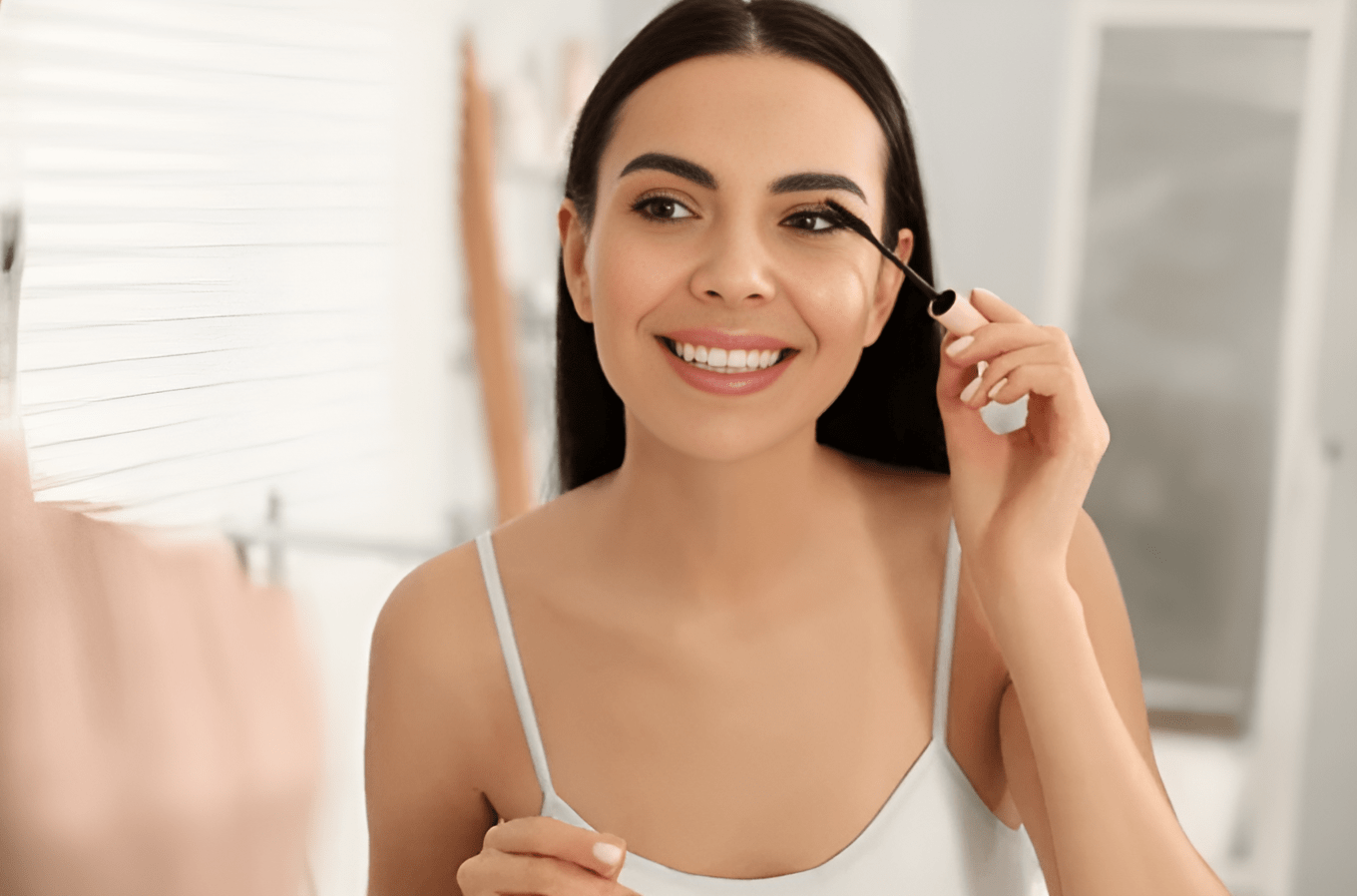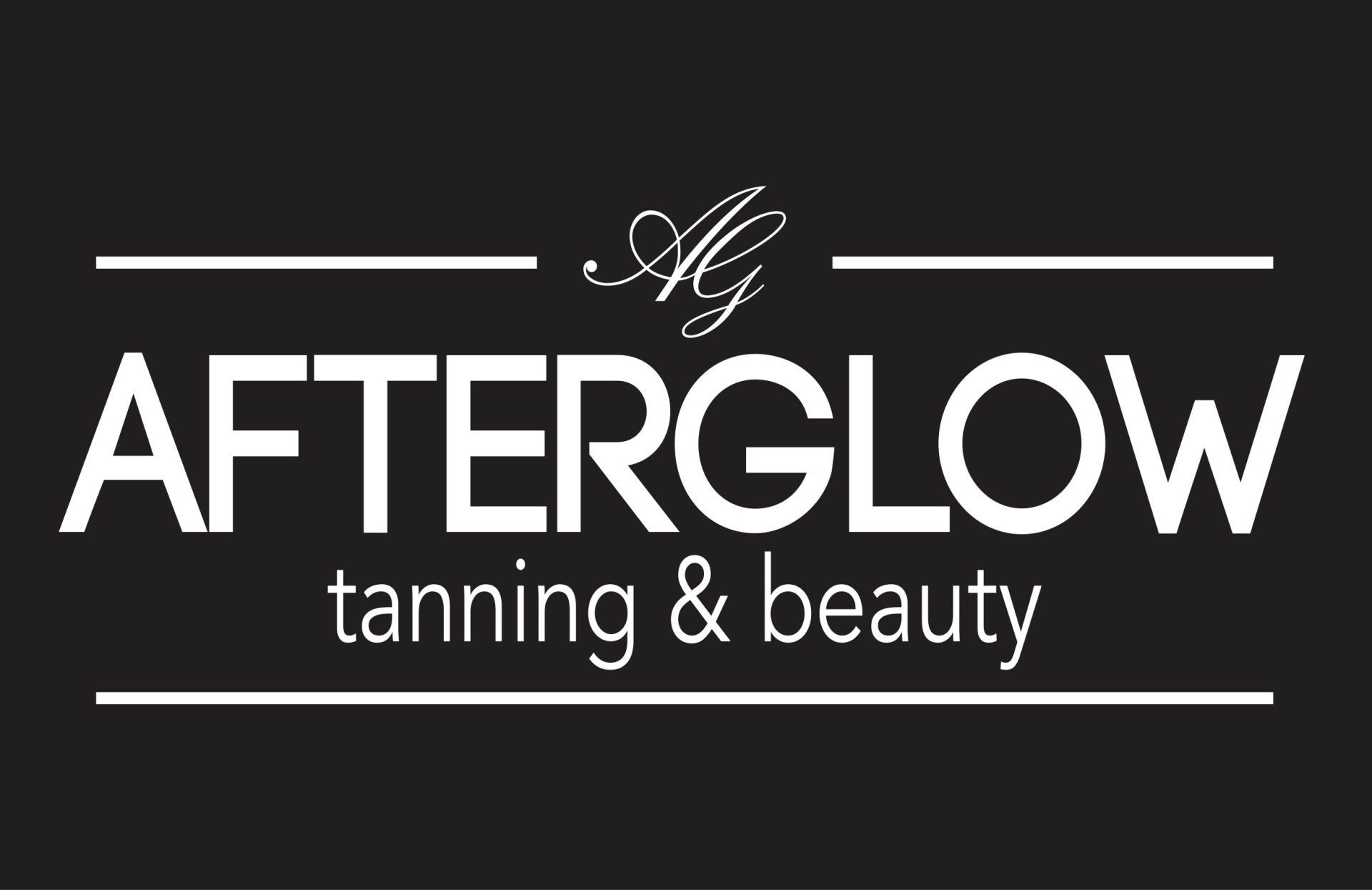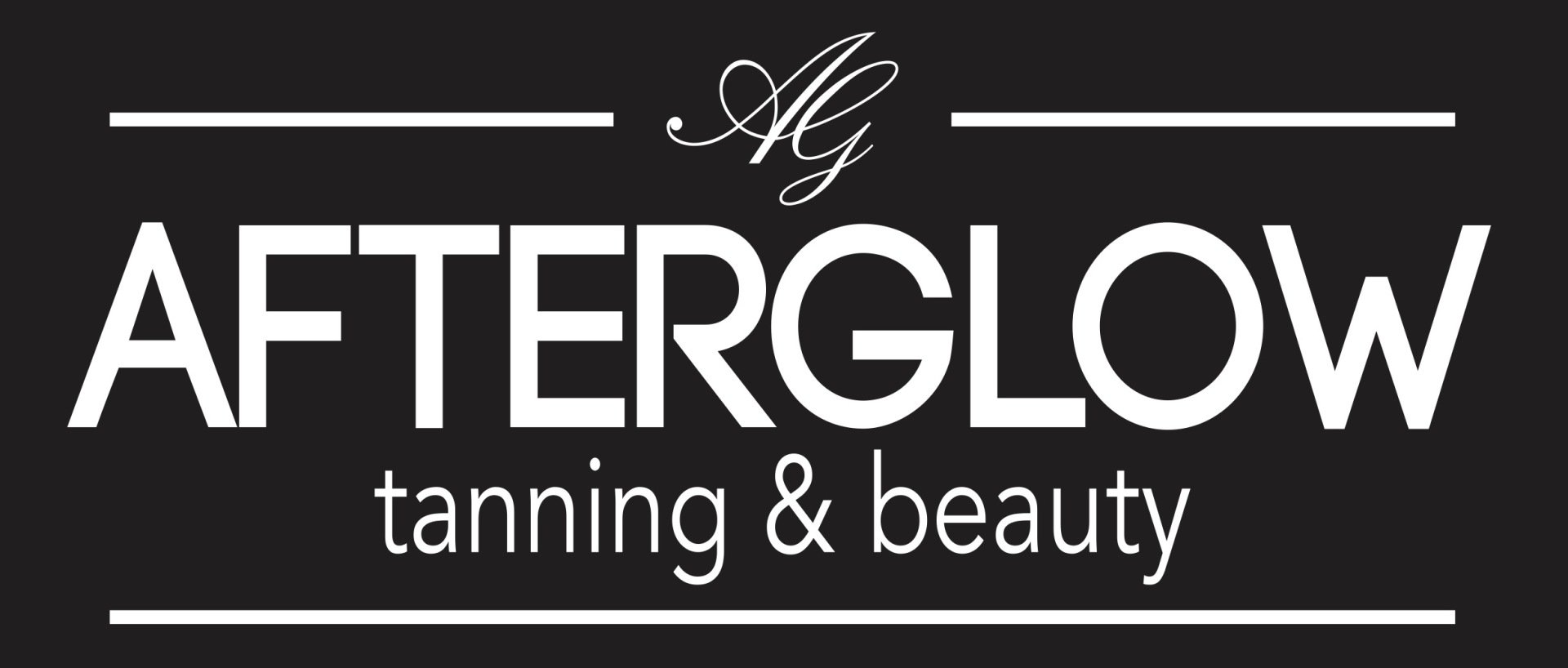How to Prepare for Your First UV Tanning Session: Tips from AfterGlow
Preparing for your first UV tanning session can be an exciting yet daunting experience. At AfterGlow, we understand the importance of ensuring you feel confident and informed before stepping into the tanning bed.
This blog will provide essential tips to get you ready for your session, including how to choose the right lotion, what to wear, and how to safeguard your skin. We’ll also cover key preparations to help you maximize your tanning results while minimizing potential risks. With our guidance, you’ll be well on your way to achieving a beautiful, sun-kissed glow in no time.
Understanding UV Tanning Basics
How UV Tanning Works
UV tanning involves exposure to ultraviolet (UV) light, which stimulates the production of melanin in your skin. Melanin is the pigment responsible for skin color and helps protect against the harmful effects of the sun. When UV rays penetrate the skin, they trigger a response to produce more melanin, resulting in a darker skin tone.
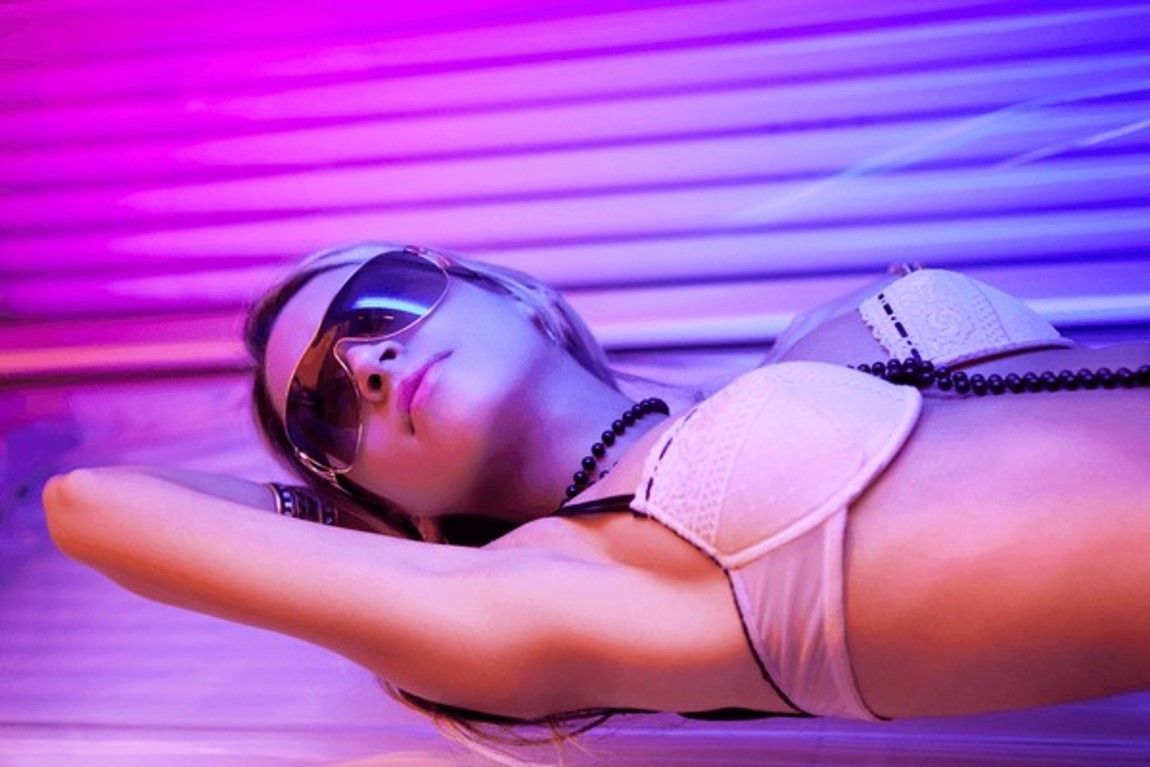
There are two types of UV rays involved in tanning: UVA and UVB. UVA rays penetrate deeply into the skin, leading to tanning but also contributing to premature aging, while UVB rays are primarily responsible for sunburn and play a vital role in vitamin D synthesis.
Types of Tanning Beds
Various types of tanning beds emit different levels of UV radiation. Some beds are designed to primarily emit UVA rays, while others focus on UVB. Understanding which type of tanning bed you will be using is crucial, as it can impact the depth and longevity of your tan. Many facilities also offer stand-up tanning booths, which can provide a more even tan, as your body is not lying flat and missing areas.
Safety Precautions
While UV tanning can lead to a bronzed glow, it’s essential to take safety precautions to protect your skin. Overexposure to UV rays can increase the risk of skin cancer and cause premature skin aging. Always wear protective eyewear specifically designed for tanning to shield your eyes from harmful UV exposure. It is advisable to limit tanning sessions and gradually build up your tan to minimize skin damage.
Choosing the Right Tanning Lotion
Selecting the appropriate tanning lotion is crucial for enhancing your tanning experience and achieving optimal results. With numerous options available on the market, it’s important to understand the features and benefits of different types of lotions to make an informed choice.
Types of Tanning Lotions
There are several types of tanning lotions to choose from, including bronzers, accelerators, and moisturizers. Bronzers provide immediate color by using self-tanning agents, while accelerators contain ingredients that promote melanin production, helping you achieve a darker tan more quickly. Moisturizers are essential for maintaining skin hydration before and after your tanning session, which can prolong the life of your tan.
Key Ingredients to Look For
When selecting a tanning lotion, pay attention to key ingredients that can enhance your experience. DHA (Dihydroxyacetone) is a common ingredient in bronzers that reacts with the amino acids in your skin to create a natural-looking tan. Vitamins E and A are important for providing antioxidants that nourish and protect the skin. Additionally, ingredients like aloe vera and shea butter can help moisturize and soothe the skin, ensuring it remains healthy throughout the tanning process.
Application Tips
To maximize the effectiveness of your chosen tanning lotion, follow these application tips. First, ensure your skin is clean and exfoliated to create an even canvas for the lotion. Apply the lotion evenly, using circular motions to avoid streaks or patches. Pay particular attention to commonly missed areas, such as elbows, knees, and feet. It’s advisable to allow the lotion to absorb for at least 15 minutes before entering the tanning bed to achieve the best results.
Pre-Tanning Skin Care Routine
Preparing your skin beforehand is essential for optimal tanning results. A well-planned skin care routine ensures that your skin is in the best condition to absorb UV light and develop a beautiful, even tan.
Exfoliation
Exfoliating your skin before your tanning session is key to removing dead skin cells that can interfere with the tanning process. Use a gentle body scrub or exfoliating mitt in the shower a day or two before your session. Focus on rough areas like elbows, knees, and ankles to ensure a smooth and even tan. Avoid exfoliating on the day of your session, as this could irritate your skin.
Moisturization
Keeping your skin hydrated is vital for achieving a lasting tan. Apply a good-quality moisturizer daily in the days leading up to your tanning appointment. Focus on areas prone to dryness, such as your elbows, knees, and feet. However, on the day of your tanning session, avoid applying heavy creams or oils as they can create a barrier that prevents even tanning.
Shaving and Hair Removal
If you plan to shave or remove body hair, do so at least 24 hours before your tanning session. This allows your skin to calm down and prevents irritation that could affect the tanning application. Whether you choose shaving, waxing, or another method, aim for a gentle approach to minimize sensitivity.
Patch Test
If you are using a new tanning lotion, consider conducting a patch test 24 hours before your session. Apply a small amount of lotion to a discreet area of your skin to check for any adverse reactions or allergies, ensuring you can enjoy your tanning experience without any unpleasant surprises.
Hydration
Don’t forget to hydrate from the inside! Drinking plenty of water before your tanning session will help keep your skin plump and healthy, further assisting in achieving an even tan. Staying well-hydrated contributes to overall skin health, enhancing the effectiveness of your pre-tanning routine.
What to Wear for Your Tanning Session
Choosing the right attire for your tanning session can significantly influence your comfort level and the effectiveness of your tan. Here are some key recommendations to help you select suitable clothing.
Swimwear Options
Opt for swimwear that fits well and complements your body shape. Bikinis and swim trunks are popular choices, as they allow maximum exposure to UV rays while minimizing tan lines. Consider garments in darker colors, as they help absorb more light and promote tanning. If you’re concerned about tan lines, you might also consider wearing a strapless bikini or a tanning-specific swimsuit.
Cover-Ups
While you want to expose as much skin as possible, a light cover-up can be advantageous for the moments before and after your tanning session. Choose breathable fabrics like cotton or linen to ensure comfort and prevent excess sweating. Avoid heavy or tight clothing immediately after tanning to allow your skin to breathe and avoid potential irritation.
Footwear Choices
For footwear, flip-flops or open-toed sandals are ideal, as they keep your feet comfortable and allow them to tan as well. Avoid closed footwear that can cause sweat accumulation and discomfort. If you’re using a stand-up tanning booth, ensure you are barefoot to avoid any uneven tan lines.
Sunglasses and Accessories
Protecting your eyes is crucial during the tanning process. Wear sunglasses designed specifically for tanning to shield your eyes from UV rays while still enjoying the experience. Additionally, accessories like hats can provide shade to your face and offer some protection, particularly if you're spending extended time in a tanning bed or booth.
Seasonal Considerations
Depending on the season, your tanning attire may need to adapt. In warmer months, lighter swimwear and minimal coverage are appropriate, while cooler seasons might necessitate layering options that can be removed easily. Always keep comfort in mind, as a comfortable tanning session enhances relaxation and the overall experience.
Hydrating Before Your Session
Staying hydrated is essential for achieving the best tanning results. Proper hydration not only benefits your skin’s overall appearance but also enhances the tanning process itself.
Importance of Staying Hydrated for Better Tanning
When your body is well-hydrated, your skin remains plump and supple, making it more receptive to tanning products and UV rays. Dehydrated skin can become dry and flaky, leading to uneven tanning and a patchy appearance. By drinking plenty of water in the days leading up to your tanning session, you help maintain skin elasticity and promote a smooth, even glow.
Tips for Staying Hydrated
- Start Early: Begin increasing your water intake a few days before your tanning appointment to ensure your skin is fully hydrated.
- Incorporate Hydrating Foods: Eating foods with high water content, such as fruits (like watermelon and oranges) and vegetables (like cucumbers and lettuce), can also contribute to your overall hydration levels.
- Set Reminders: If you often forget to drink water, set reminders throughout the day to encourage regular hydration.
- Limit Dehydrating Beverages: Try to limit the consumption of caffeinated or alcoholic beverages, as these can contribute to dehydration.
By prioritizing hydration, you lay the groundwork for a beautiful, long-lasting tan while supporting the health and vitality of your skin.
Protecting Your Eyes
Ensuring your eyes are protected during your tanning session is vital for both comfort and safety. Here are key ways to safeguard your vision while enjoying your tanning experience.
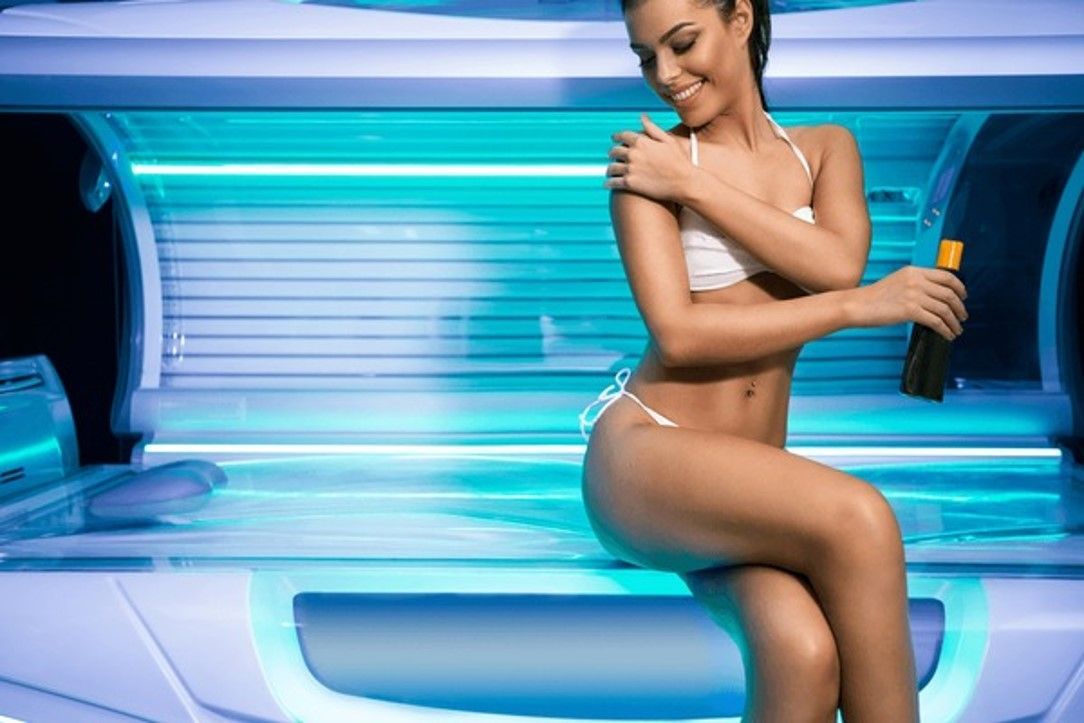
Importance of Eye Protection
UV rays can be harmful to the sensitive tissues of your eyes, increasing the risk of long-term damage, including cataracts and other vision issues. Therefore, wearing appropriate eye protection helps reduce your exposure to UV radiation, allowing you to tan with peace of mind.
Sunglasses
Invest in high-quality sunglasses specifically designed for tanning. Look for sunglasses that provide 100% UV protection and have polarized lenses, which can help reduce glare from reflective surfaces. Ensure they fit comfortably and provide full coverage around your eyes to maximize protection.
Tanning Goggles
For those utilizing tanning beds or booths, tanning goggles are essential. These specially designed goggles shield your eyes from UV rays while allowing you to maintain comfort during the tanning process. Opt for goggles that fit securely and do not slip or cause pressure around the eyes.
Hats and Cover-Ups
Wearing a wide-brimmed hat can also enhance eye protection by providing shade and blocking additional UV rays from hitting your face and eyes. When combined with sunglasses or goggles, a hat can further minimize your exposure and contribute to a more enjoyable tanning experience.
Follow Safety Guidelines
Always follow safety guidelines provided by tanning facilities regarding eye protection. Inquire about recommended goggles or protective eyewear before your session to ensure you have the best possible protection in place. Taking these precautions will allow you to focus on achieving a beautiful tan while safeguarding your vision.
Time Management for Tanning Sessions
Proper time management is essential for maximizing the benefits of your tanning sessions while minimizing potential skin damage. By planning the duration and frequency of your visits, you can effectively and safely achieve your desired tan.
Plan the Duration of Each Session
When it comes to tanning, it's important to know how long to stay under UV exposure. Beginners should start with shorter sessions, typically around 10 to 15 minutes, to gauge their skin's reaction. Gradually increase your exposure time by a few minutes each session, ensuring that you monitor for any signs of redness or irritation. Experienced tanners may opt for longer sessions, but it's still advisable to limit exposure to avoid over-tanning and skin damage.
Frequency of Your Tanning Visits
The frequency of your tanning sessions will depend on your skin type and the desired results. Many professionals recommend starting with 2 to 3 sessions per week to build a base tan, followed by maintenance sessions every 1 to 2 weeks. It's essential to listen to your body and allow your skin time to recover between sessions, especially after prolonged exposure. Regularly assess your tan and adjust your schedule to avoid any unnecessary damage.
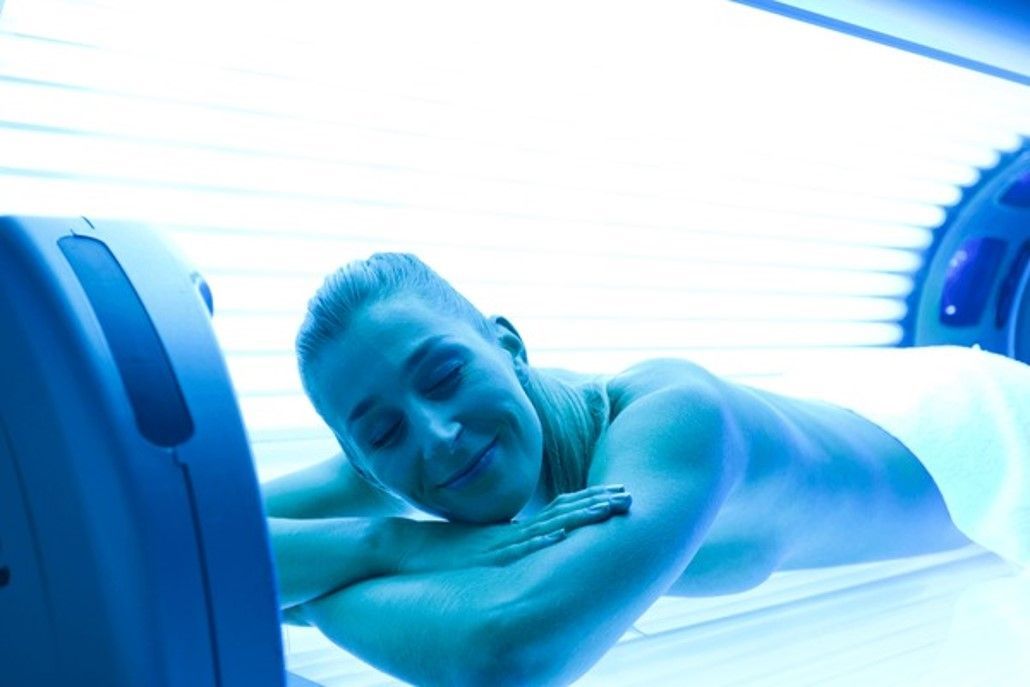
Keep a Tanning Log
Maintaining a tanning log can assist in tracking your sessions, durations, and skin reactions. This record not only helps you stay organized but also allows for adjustments based on how your skin responds over time. By noting details such as the time of day, duration, and perceived effects, you can refine your tanning plan for optimal results while ensuring skin safety.
By managing your time effectively, you can enhance the tanning experience and achieve a healthy, radiant glow while protecting your skin's well-being.
Get in Touch with Afterglow Tanning & Beauty
Ready to achieve your perfect tan safely and effectively? Contact Afterglow Tanning & Beauty
today to schedule your appointment or to learn more about our range of tanning services and products. Our knowledgeable team is here to support you in your tanning journey, answering any questions and providing personalized recommendations. Don't wait—unlock your glow with us! Reach out now
!
